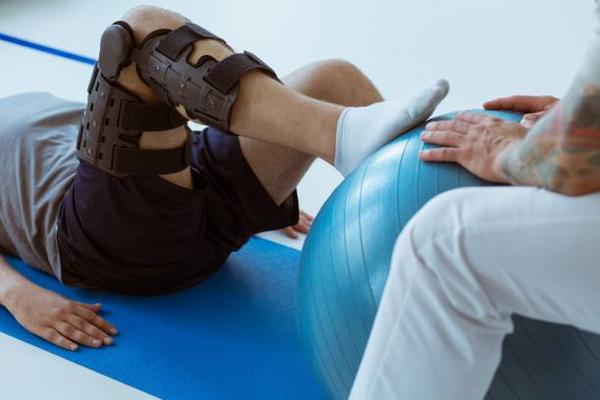Sports physiotherapy is a specialized branch of physical therapy that focuses on injuries and issues related to sports. Athletes often need a unique type of rehabilitation due to the high level of strain they put on their bodies during training and competition. One technique used in sports physiotherapy for muscle recovery is dry needling, an innovative and effective method that has gained popularity over the years.
Dry needling, also known as myofascial trigger point dry needling, involves inserting thin needles into specific points in the muscles known as ‘trigger points’. These are tight knots within muscle fibers that can cause pain over a large area. When these needles are inserted into these trigger points, it helps to reduce muscle tension, improve flexibility and increase range of motion. Contrary to what some may believe, this process does not involve injecting any substance into the body; hence it is termed ‘dry’ needling.
The effectiveness of dry needling lies in its ability to reach deep layers of muscles that are difficult to target with other techniques such as massage or stretching. This makes it particularly useful click for more information athletes who regularly push their bodies beyond normal limits and subsequently experience muscle tightness or spasms.
In addition to relieving muscular pain and stiffness, dry needling can also help enhance athletic performance by improving muscle function. It aids in faster recovery after intense workouts or games by promoting blood circulation which helps deliver oxygen-rich blood needed for tissue repair and regeneration.
Furthermore, by releasing trigger points through dry needling treatment, physiotherapists can help restore normal biomechanics in athletes which means they can move more efficiently with less risk of injury. This is crucial because even minor imbalances or restrictions in movement patterns can significantly affect an athlete’s performance or predispose them to repetitive strain injuries.
It’s important however for individuals considering this treatment option to understand that while beneficial for many athletes, dry needling should be administered by trained professionals who understand the anatomy and physiology of the human body. Incorrect application can lead to injuries or complications.
In conclusion, sports physiotherapy plays a pivotal role in helping athletes recover from injuries and improve their performance. Techniques like dry needling have proven to be effective tools in muscle recovery by relieving tension, promoting circulation, restoring normal biomechanics and ultimately enhancing athletic performance. As with any treatment, it should be administered by trained professionals who understand its nuances and potential risks. For athletes looking to optimize their physical capabilities while mitigating injury risk, incorporating dry needling into their regular physiotherapy regime may prove beneficial.



